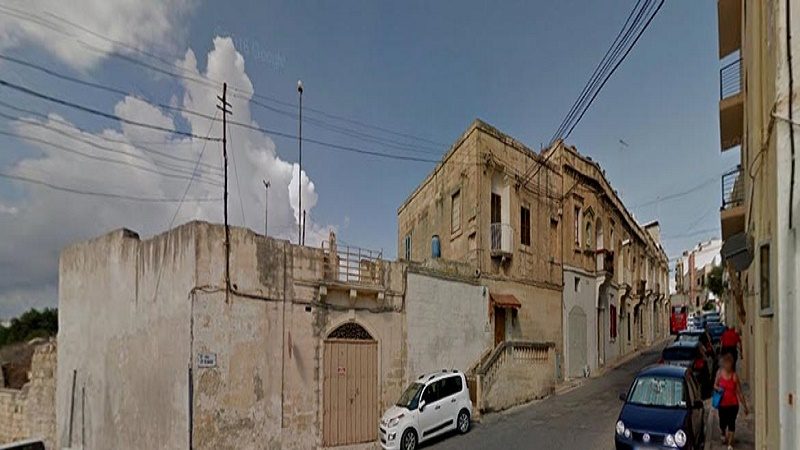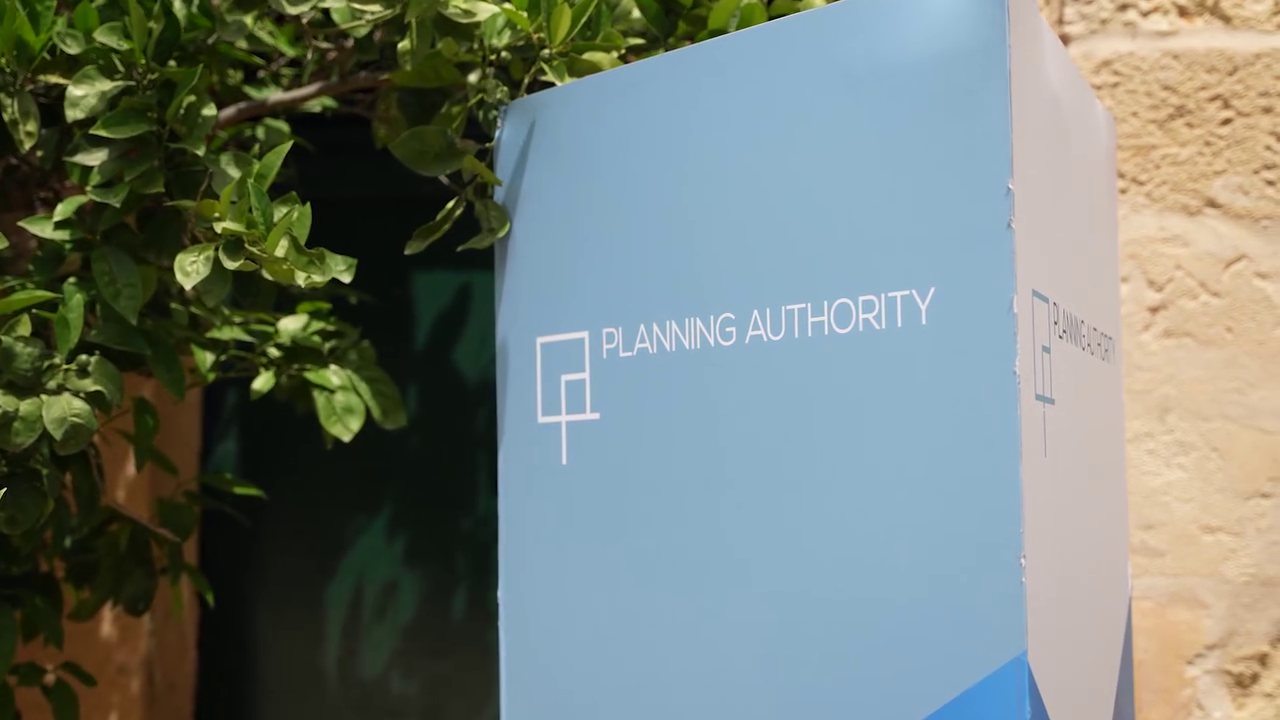This week the Planning Authority (PA) scheduled eight houses in Triq it-Torri in Msida after scheduling 25 houses in Sliema the previous month.
But while the scheduling of more vernacular buildings is welcome news, a number of properties already proposed for scheduling by official heritage bodies remain missing from the list.
Moreover, a number of policies have been devised with the explicit aim of allowing extra floors on existing scheduled properties.
The PA does not publish the list of properties awaiting a decision on whether these are protected or not. It only publishes properties which have been actually scheduled.
In 2016 the PA confirmed that it is presently considering the scheduling of around 100 properties.
But the authority refused to list the properties under review, arguing that this would result in “external interference that may hamper the scheduling process.”
But in the meantime the PA is faced with applications involving properties proposed for scheduling but which are still on its waiting list.
One such case involves an application for five new floors on four townhouses in Windsor Street in Sliema which were built some 100 years ago.
A decision on the application will be taken on 10 January. The Superintendence for Cultural Heritage had formally called on the PA to protect these properties by recognising them as Grade 2 properties.
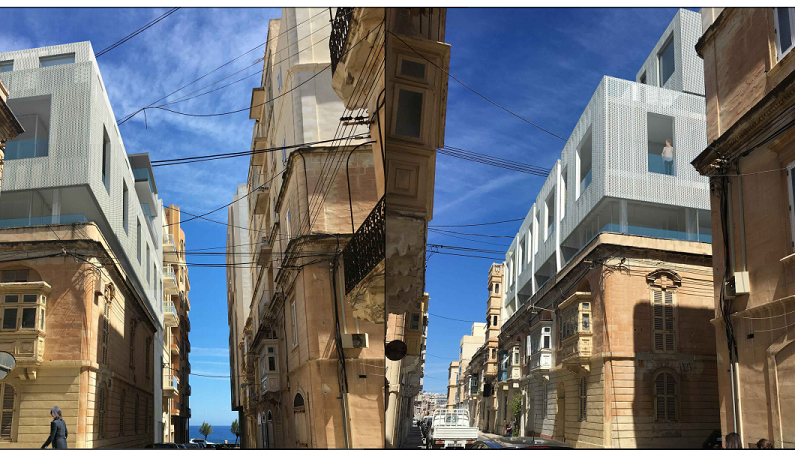
Photomontage of the development as seen in Triq Windsor and Triq il-Creche. (The design was slightly revised at a later stage).
Another case involves the site of the former Wembley ice cream factory in Msida whose facade is proposed for incorporation in an 18 storey tower.
The superintendence has warned that “the property is being proposed for scheduling by the Planning Authority” and asked to be informed on the current status of this process and of the bearing of such status on the proposed development.
The Fort Cambridge officer mess which is also being proposed for incorporation in a 40 storey hotel development is also being proposed for scheduling, as confirmed by an Environment Planning Statement published two years ago.
In this case scheduling has a direct bearing on the application because the policy regulating high rise hotels specifically bans extra storeys on scheduled buildings.
Yet scheduling does not automatically exclude development.
While Grade 1 properties like historical churches and their surroundings enjoy maximum protection, Grade 2 properties are largely protected from demolition but may be subject to internal alterations. On the other hand, Grade 3 properties may be demolished.
But these grades of protection are only indicative. According to the PA there is “no one way to define what works can be carried out to a protected (scheduled) property. This is determined on a case by case basis”.
In fact the PA has recently approved an extra storey on scheduled buildings like the Cloisters in San Giljan – whose gardens are set to include a seven storey development – and the Imperial hotel in Sliema.
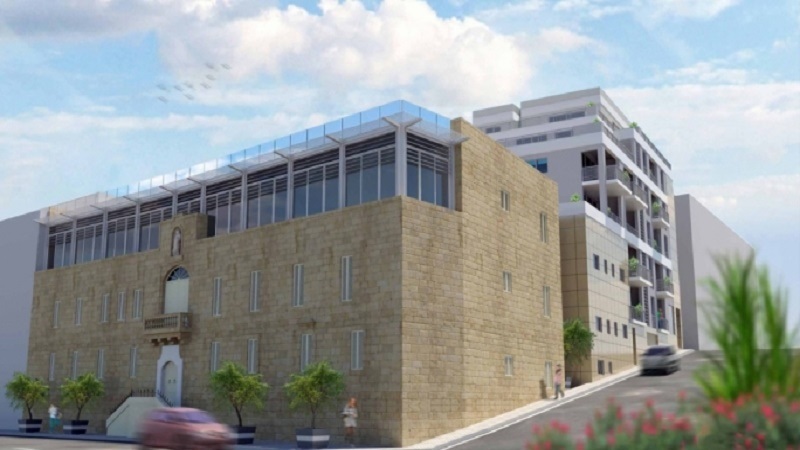
Architect’s rendition of the redevelopment of the building
Developers have not refrained from proposing aggressive development on scheduled buildings Saint George’s barracks – a Grade 2 scheduled building in Pembroke.
The development proposed by the DB Group foresees that this building is dismantled and reassembled as part of the hotel development. The authors of the Environment Planning Statement acknowledge that the “integrity of the asset” would be “compromised” through the design strategy.
A policy regulating building heights on old people’s home specifically states that two extra storeys can be built on Grade 2 buildings used specifically for this purpose.
This could have a direct bearing on a pending application involving the Isolation Hospital in Mtarfa and has raised concerns in Attard over possible future applications in old people’s homes in the historic core of the locality.
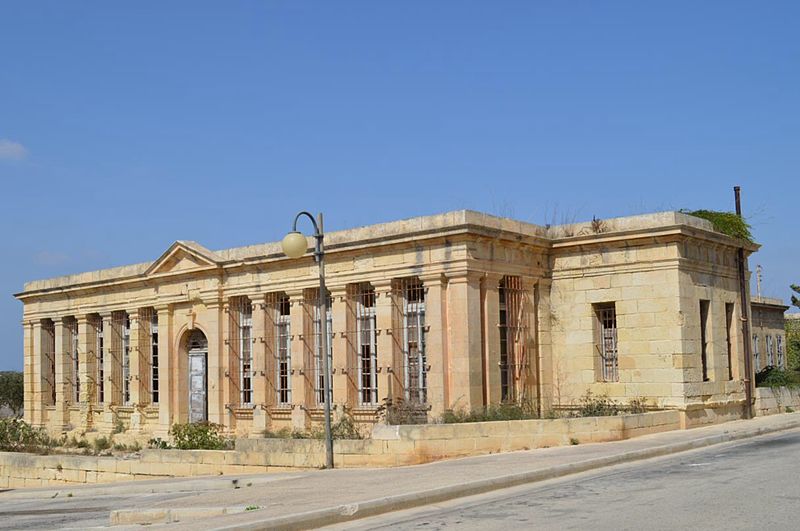
The isolation Hospital in Mtarfa is being proposed as an old people’s home with additional storeys.
Added to this is the “contextual” approach advocated by design guidelines issued in 2015 also permits additional storeys when scheduled properties lie between higher developments. This means that scheduling in itself does not automatically save a property from redevelopment.

